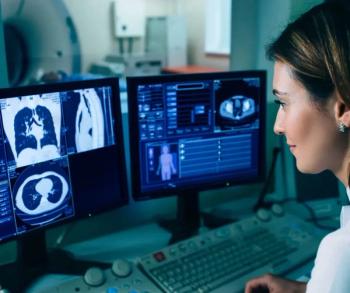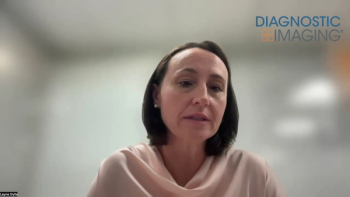
Flat-Panel CT Better than Multi-Slice CT in Temporal Bone Assessment
Findings are due to higher spatial resolution and comparable equivalent doses.
Flat-panel CT (FPCT) on an angiographic unit provides higher image quality in temporal bone assessment compared to multi-slice CT (MSCT) performed on a 128-slice CT scanner, according to a study published in the
Researchers from Italy sought to compare image quality and radiation dose of FPCT and MSCT with an angiographic unit and a 128-slice CT scanner to determine whether the higher spatial resolution of FPCT translated into higher image quality. They also sought to eliminate inter-subject variability by scanning temporal bone specimens with both techniques.
The researchers used 15 temporal bone specimens, which were imaged with FPCT and MSCT. Two neuroradiologists experienced in otoradiology evaluated 30 anatomical structures with a 0 to 2 score. Eighteen structures important from a clinical perspective were assigned a twofold value in calculation of the overall score. The radiation dose was calculated through the use of an anthropomorphic phantom.
The results showed that the image quality was significantly higher for FPCT than MSCT for 10 of the 30 anatomical structures; the overall score was also significantly higher for FPCT. The equivalent dose of the two techniques was very similar, but with different effective doses to the organs.
The researchers concluded that FPCT performed on an angiographic unit provides higher image quality in temporal bone assessment compared to MSCT performed on a 128-slice CT scanner. This is due to its higher spatial resolution, with comparable equivalent doses but different effective doses to the organs.
Newsletter
Stay at the forefront of radiology with the Diagnostic Imaging newsletter, delivering the latest news, clinical insights, and imaging advancements for today’s radiologists.




























